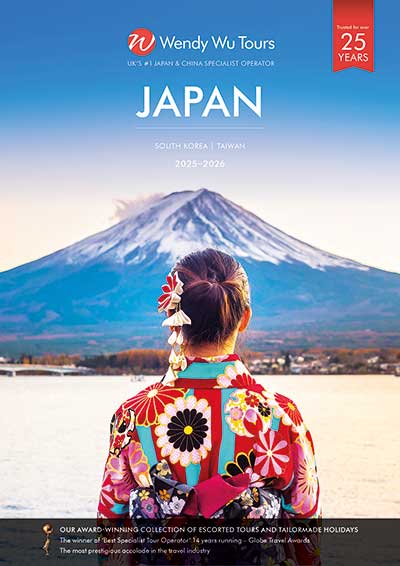Ask anyone to name things they know about Japan, and you’d end up with a list that included the likes of anime, geisha, vending machines, Harajuku girls, Mount Fuji, and Nintendo, along with a key figure in Japanese culture, the samurai. The subject of the new FX miniseries Shogun and numerous films, the lives, legends, and moral code of the samurai have long fascinated us, and adds some extra intrigue to any holiday in Japan.
The symbol of Feudal Japan, samurai were warriors and military leaders, a ruling class, and the highest-ranking class of the feudal system. Meaning ‘those who serve’, the samurai were retainers to the daimyos, the great feudal landlords and, in return for high prestige and special privileges, fiercely served their masters and provided the military strength that gave the daimyos their power and authority.
The samurai were pivotal in both the rise and fall of the shogunates, and the conflict-filled centuries in between, which led to the abolishment of both the feudal system and the samurai class, so it’s fair to say that their history is pretty turbulent, and so, so fascinating! Read on to find out everything you need to know about the legendary samurai.
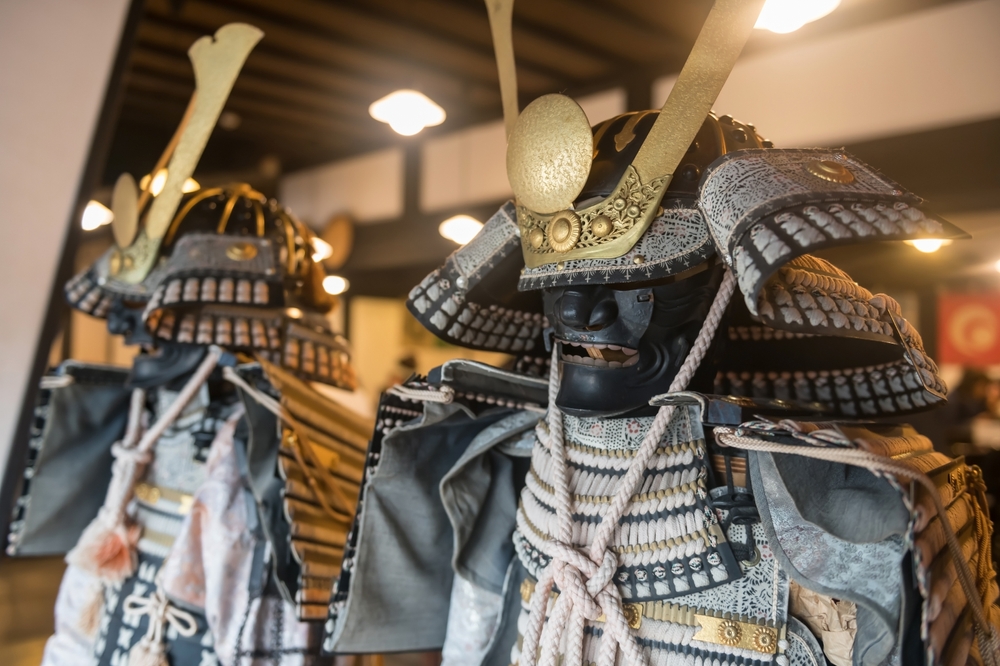
A shortened history of the Samurai
The samurai have played a key part in Japan’s history, riding the waves of instability bought by the shogunates for centuries. Samurais first appeared around the 12th century and were the armed supporters of wealthy landowners and clan leaders, called daimyo. When many of these landowners left the imperial court after being blocked by the powerful Fujiwara clan, dissatisfaction grew, and power began to shift from the emperor and his nobles in Kyoto to the heads of the clans. Power struggles between the clans erupted and the Minamoto clan claimed victory, so the government was moved to Kamakura and a Shogunate established. At this point, all power shifted to the samurai who, as the strength behind the shogun, were essential in maintaining authority.
What followed was two centuries of conflict between the clans, with the samurai at the heart. After the Onin War (1467-1477) the lack of central authority meant that local lords and their samurai had to step in to maintain law and order.
Japan was finally united in 1615 and what followed was 250 years of peace and prosperity. The shogunate encouraged the samurai to govern through more civil means and required them to train equally in arms and diplomacy. Then, in the mid-19th century instability returned when famine and poverty led to unrest amongst the peasants. With Western powers knocking on the door looking for trade deals, in 1858 Japan opened to the world and signed commercial treaties with the USA, Russia, France, Britain and the Netherlands. Resistance to the shogunates grew, encouraged by the samurai themselves, who began calling for the restoration of the emperor’s power. The most powerful clans combined to topple the shogunate and in 1871, feudalism was abolished. The samurai class was also abolished, and they were moved to different societal roles – professional, military and business – where they continued to be influential.
Bushido
Bushido, the ‘way of the warrior’, is the moral code that dictates the lifestyle, attitudes, and behaviour of the samurai. It changed dramatically during different eras and under the influence of religion, particularly Zen Buddhism and Confucianism, and was even adopted as the basic code of conduct for society. Even today, it’s influence can still be seen in Japanese culture, especially around martial arts, and sumo.
Although it varied historically and was often interpreted differently by different clans and individuals, the central pillar of the bushido was always warrior spirit, including military prowess and fearlessness in the face of an enemy. Other highly regard traits included frugality, sincerity, kindness, honour, bravery, and a mastery of martial arts – a balance of violence and diplomacy, wisdom and peace while living life with honour and virtue. Above all else, loyalty to his lord was the samurai’s supreme obligation.
During the Edo period, the bushido were formalised. Strongly influenced by the Confucian idea of the ‘perfect gentleman’, the code came to particularly emphasis duty, and added the essential function of modelling virtue to the lower classes.
Rather than being ‘perfect gentlemen’ it is the darker customs that the samurai are perhaps best known for, including kiri-sute gomen, the right to strike down lower class people who dishonoured them and seppuku, ritual suicide so as to die honourably or restore one’s honour, and the cruel punishments that were dealt out to criminals, many of which were outlawed with the more formalised code.
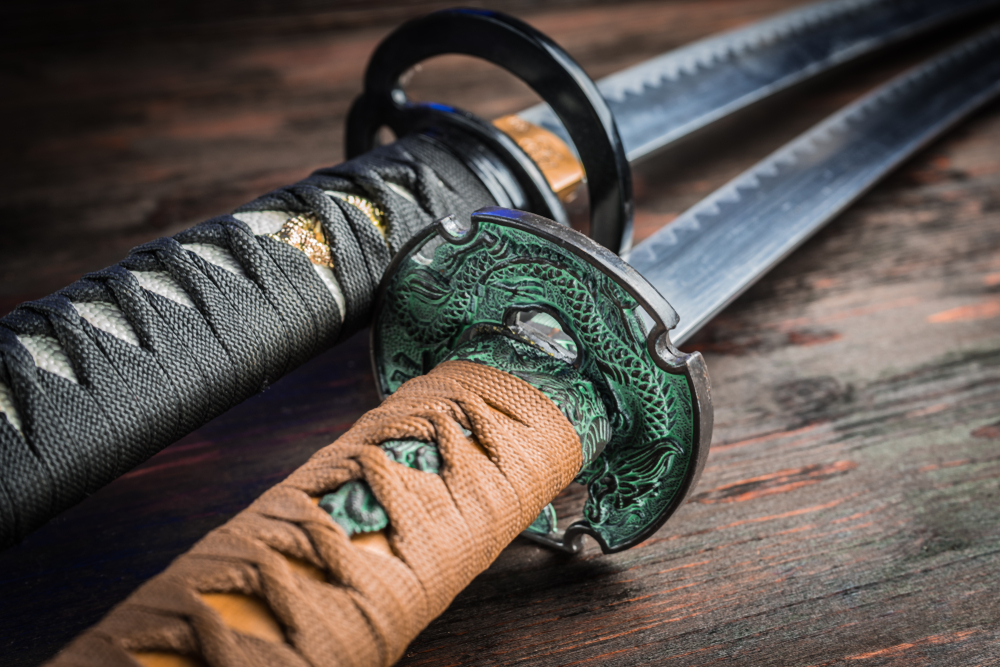
The samurai’s sword
Although the samurai did and could use a variety of weapons, the one most associated with them is the sword. With its razor-sharp edge and perfect balance, the sword was considered the samurai’s soul, a literal representation of the honour, discipline, and loyalty of the samurai themselves and, as they believed that a man’s honour resides in his sword, losing your sword was to lose your honour.
From 1588, it was decreed that only the samurai had the right to carry a sword, and they carried two – the long katana and the shorter wakisazhi, often passed down from previous generations. Regarded as works of art as well as weapons, the iconic curved blade, ‘sori’, represented fluidity of movement and a harmony with nature and symbolised the warrior’s devotion to his art.
Our Top Samurai Sights in Japan
Himeji Castle
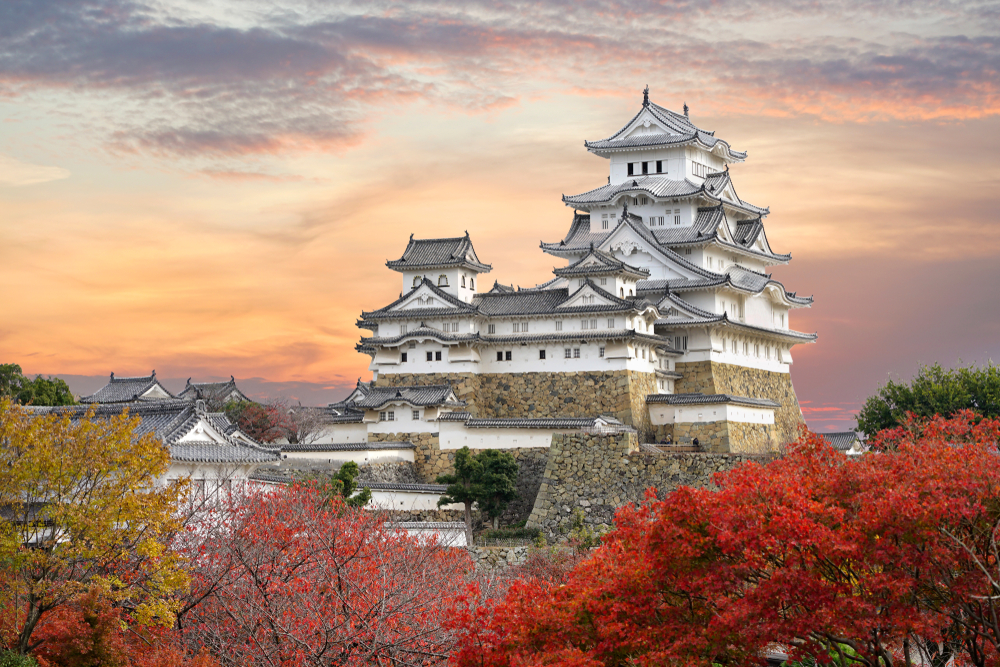
Considered Japan’s finest surviving feudal castle, Himeji Castle was founded by the samurai Akamatsu Norimura of the Akamatsu Clan in 1333 and was dismantled, remodelled and resided in by a variety of samurai and daimyo (feudal lords) over the centuries. Also known as Hakuro-jō (White Egret Castle) or Shirasagi-jō (White Heron Castle), Himejihas survived wars, earthquakes and even World War II bombing raid, becoming a UNESCO World Heritage Site in 1993. It is Japan’s largest and most visited castle and the perfect place to get a glimpse at samurai life. A visit here is including in many of our Japan tours, including Jewels of Japan.
Kakunodate Samurai District
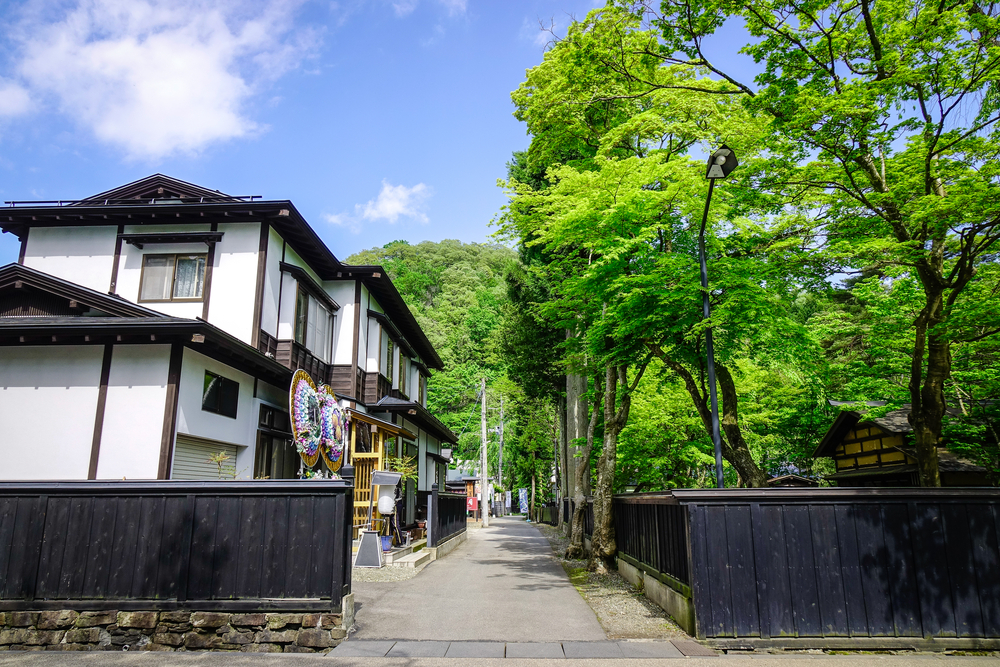
Peaceful, leafy, and wonderfully preserved, the Kakunodate Samurai District is one of Japan’s best examples of samurai housing and traditional architecture. Once home to around 80 families, today some are still homes, while six are open to the public, allowing them to get a feel for the life of for those of the wealthy samurai class. The Aoyagi and Ishiguro houses are particularly good to visit, for their size and quality – Aoyagi is a museum that offers a fascinating look at samurai culture while Ishiguro offers a stroll around a traditional samurai residence. A visit to Kakunodate Samurai District is included on our Journey Through Japan tour.
Nomura Samurai House
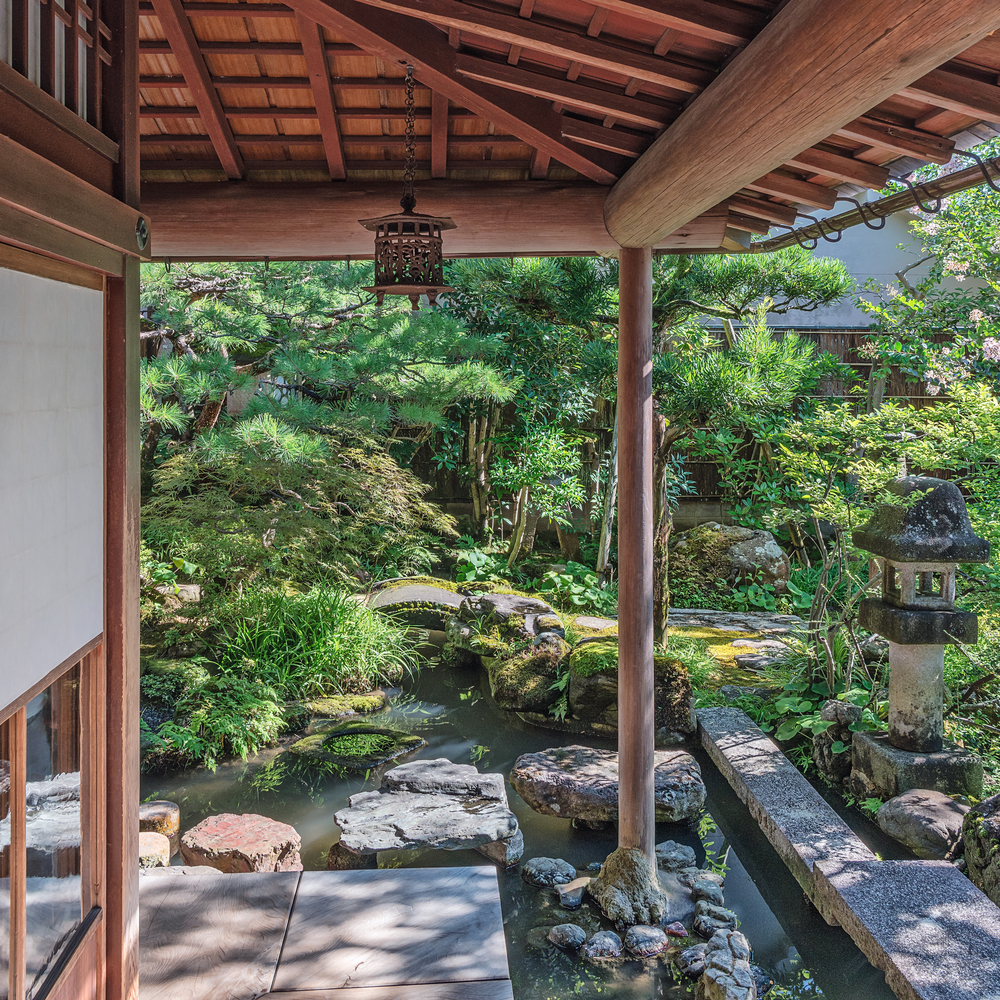
The home of a powerful samurai family who served under the ruling Maeda clan throughout the Edo period, this residence has traditional rice paper doors and tatami mat floors, and lovely, cleverly designed gardens with tiered water pools, lanterns, and a cherry granite bridge. The house itself is full of interesting artifacts, furniture, and art from its long history, and as you explore, it’s easy to imagine the relative prosperity this successful family lived in. A visit to the Nomura Samurai House, on the outskirts of Kanazawa is included on our Best of Japan tour.
